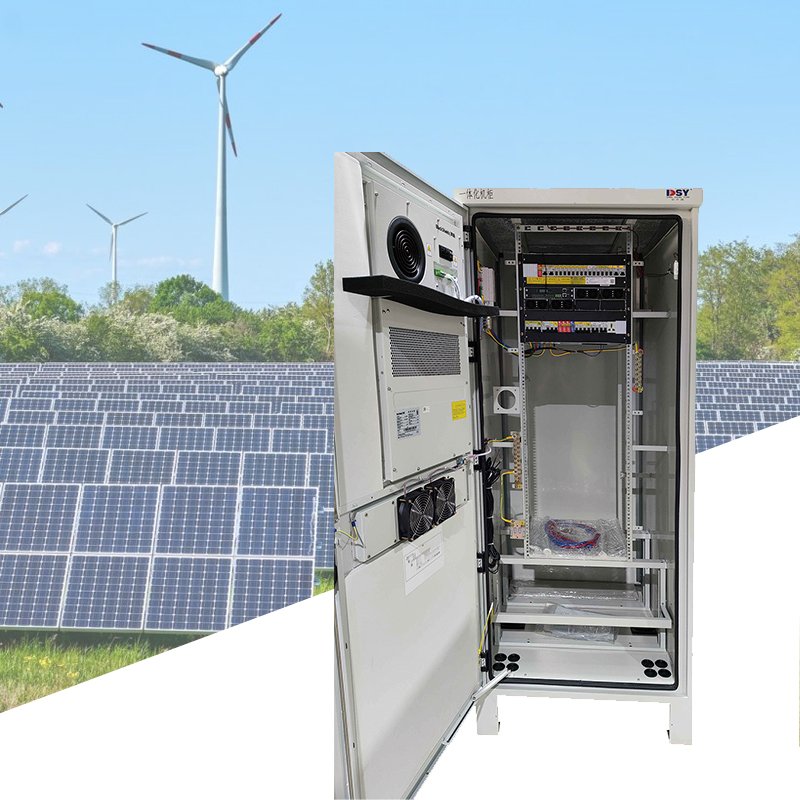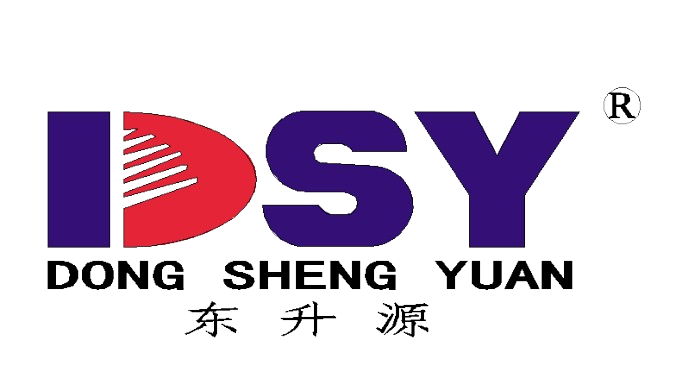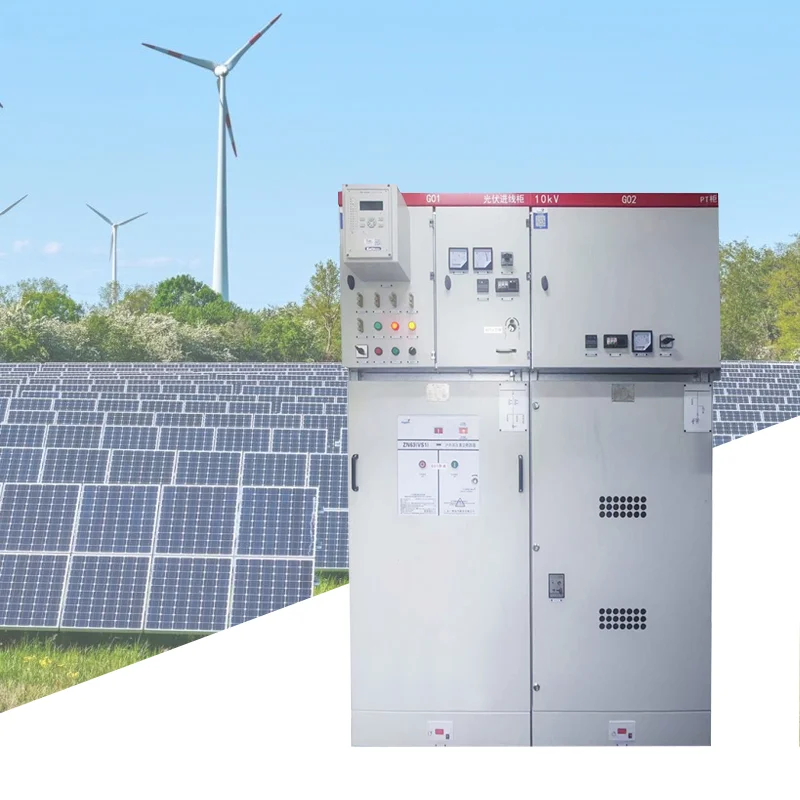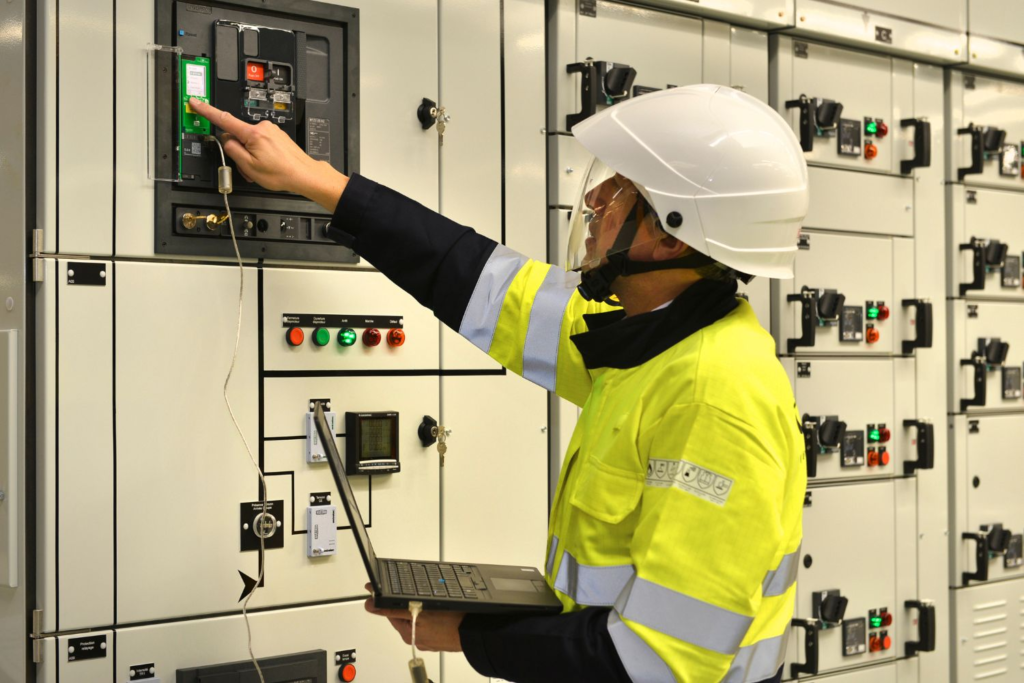How Smart Switchgear Reduces Risk & TCO in Procurement
Introduction
Traditional switchgear procurement used to be about electrical ratings, footprint and price. Today, buyers must also evaluate digital capabilities, interoperability, cybersecurity and lifecycle economics. This procurement-ready guide helps overseas procurement managers and industrial buyers quickly assess smart switchgear for compliance, integration and total cost of ownership (TCO). Read on for actionable checklists, RFQ/RFP-ready acceptance criteria, a 5-year TCO template and a vendor comparison matrix you can copy directly into your sourcing process.
What Is Smart Switchgear — And Why Buyers Should Care
Smart switchgear integrates sensors, digital relays, communication protocols (e.g., IEC 61850, OPC UA), condition monitoring and remote-control capabilities into traditional electrical switchgear. For procurement teams, the key outcomes are:
- Reduced unplanned downtime through condition-based and predictive maintenance (MTBF↑, MTTR↓).
- Improved compliance and traceability with automated logging and report exports for audits and FAT/SAT.
- Enhanced safety—remote operations and early fault detection reduce personnel exposure to arc-flash risk.
- Future-proofing—readiness for smart grids, renewables and digital asset management.

Digital Switchgear vs Traditional — Key Procurement Benefits
Enhanced Safety & Remote Maintenance (Arc-Flash Risk Reduction)
Smart features (remote racking, remote control, real-time trip alarms) allow operators to perform many procedures without being physically next to live equipment. For procurement, require clear arc-flash mitigation evidence and remote operation validation during FAT.
Real-Time Monitoring & Predictive Maintenance
Sensors for partial discharge (PD), temperature, vibration and humidity feed analytics that predict failures. Procurement effect: you can move budget from reactive maintenance to planned interventions—this directly reduces outage cost and spare-parts inventories.
Interoperability & SCADA Integration
Smart switchgear must integrate with your SCADA/EMS/DCS. Insist on supported protocols (IEC 61850, Modbus, DNP3, OPC UA), firmware update paths, and sample API documentation during tendering to avoid costly integration engineering later.
Cybersecurity & Data Governance
Digital assets increase attack surface. Procurement must verify vendor cybersecurity maturity (e.g., ISO 27001 alignment, signed firmware, role-based access, logging and patch management). Also confirm data ownership—ensure open export formats to avoid vendor lock-in.
Sustainability & SF6-Free Options
For ESG-sensitive buyers: check for SF6-free technologies or minimized gas usage, and ask vendors to provide lifecycle emissions or energy-loss figures for TCO comparison.
5-Year TCO Comparison Template (Procurement-Ready)
| Cost Item | Traditional Switchgear (USD) | Smart Switchgear (USD) | Notes / Procurement Questions |
|---|---|---|---|
| CapEx (equipment) | 30,000 | 40,000 | Include hardware + sensors + base software license |
| Commissioning & FAT/SAT | 3,000 | 6,000 | Smart units require comms/FAT; request witness FAT scope |
| Software Licenses & Annual Fees (5 yrs) | 0 | 5,000 | Clarify license model, cloud vs on-prem costs |
| Training & Documentation | 1,500 | 3,000 | Operator + maintainer training; cyber-hardening guide |
| Maintenance Labor + Spares (5 yrs) | 10,000 | 6,000 | Predictive maintenance expected to lower costs |
| Downtime Cost Avoided (estimated) | – | -8,000 | Estimate avoided lost production due to fewer outages |
| Total 5-Year Cost | 44,500 | 52,000 | Smart option shows higher nominal cost but lower OPEX risk |
How to use this table: Replace numbers with your project-specific estimates (production loss per hour × expected outages avoided) to calculate true payback period.
Buyer’s Evaluation Toolkit — RFQ / RFP Items You Can Copy
Feature & Compliance Checklist (must include in RFQ)
- Supported protocols: IEC 61850 (GOOSE/MMS), Modbus TCP, OPC UA — include version numbers.
- Cybersecurity evidence: ISO 27001 certificate or equivalent; firmware signing; role-based access control; logging & SIEM export capability.
- FAT/SAT deliverables: FAT witness protocol, test vectors, comms validation, firmware versioning.
- Physical & safety ratings: IAC AFLR rating, IP/IK, seismic class (if applicable).
- Sustainability: SF6 status; lifecycle emissions if available.
- Data & license: Clarify offline/online license model, API openness, and data export format.
- Spare parts list, lead times, recommended spares availability.
Acceptance & Handover Package (deliverables)
- FAT & SAT reports with pass/fail and witness signatures.
- Single-line drawings, comms diagrams, and address maps for IEC 61850 objects.
- Cyber-hardening report and default account/password removal proof.
- User manuals, maintenance schedules, training plan and recorded training session.
- Warranty certificates and SLA terms (response/restore times, remote support hours).
Vendor Comparison Matrix (Template)
| Criteria | Vendor A | Vendor B | Vendor C | Procurement Notes |
|---|---|---|---|---|
| IEC/ANSI Standards Covered | IEC 61850, IEC 62271 | IEC 61850, UL | IEC 62271 | Prefer vendors with explicit IEC 61850 support |
| Communication Protocols | IEC 61850, OPC UA | Modbus, IEC 61850 | Modbus only | Compatibility with your SCADA is critical |
| Lead Time (weeks) | 10 | 8 | 12 | Include liquidated damages in contract |
| Warranty & SLA | 24 mo warranty, 4-hr remote response | 12 mo warranty, 8-hr remote response | 24 mo warranty, 24-hr response | Prefer longer warranty & faster response |
| Case References | 2 x data centers | 1 x solar park | none | Ask for contactable references |
Integration Scenarios — What To Ask By Industry
Renewables (Solar & Wind)
- Ask for remote firmware update proof and cold-start behavior in remote sites.
- Require grid-code / telemetry reporting examples for PV inverters.
Data Centers
- Space optimization, advanced metering accuracy, and integration with DCIM/BMS.
- Fast fault isolation and redundant bus/transfer schemes.
Oil & Gas / Chemical
- Hazardous-area compliance, tightened documentation for audits, and redundant protections.
- Strict FAT/SAT witness requirements; include third-party inspector options.
Common Procurement Risks & How to De-Risk
- Underestimating software & training costs: Include license & training costs in RFQ and TCO model.
- Vendor lock-in: Demand open APIs and data-export rights in contract.
- Incomplete FAT: Insist on witnessed FAT with communication test vectors and failure-mode tests.
- Cybersecurity as afterthought: Add security acceptance tests (accounts, logging, patching) to SAT.
Conclusion
Smart switchgear changes procurement from “buying equipment” to “buying a digital asset.” Procurement managers who insist on standards compliance (IEC 61850/IEC 62271), clear FAT/SAT deliverables, cybersecurity proof, and a TCO-based evaluation will reduce lifecycle risk and accelerate ROI. Use the checklists, templates and RFQ items above to make your next switchgear purchase both compliant and future-ready.
Call to Action
Request our Buyer’s Pack — RFQ checklist, editable 5-year TCO spreadsheet and witness FAT/SAT templates. Contact us or request a tailored quotation with your one-line diagram.





